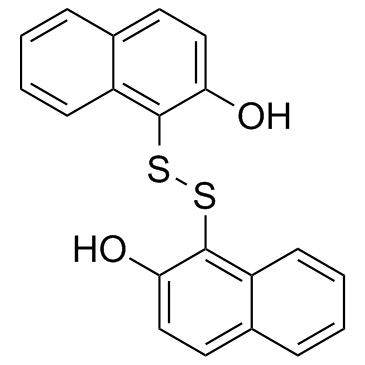Different Rho GTPase-dependent signaling pathways initiate sequential steps in the consolidation of long-term potentiation.
Christopher S Rex, Lulu Y Chen, Anupam Sharma, Jihua Liu, Alex H Babayan, Christine M Gall, Gary Lynch
文献索引:J. Cell Biol. 186 , 85-97, (2009)
全文:HTML全文
摘要
The releasable factor adenosine blocks the formation of long-term potentiation (LTP). These experiments used this observation to uncover the synaptic processes that stabilize the potentiation effect. Brief adenosine infusion blocked stimulation-induced actin polymerization within dendritic spines along with LTP itself in control rat hippocampal slices but not in those pretreated with the actin filament stabilizer jasplakinolide. Adenosine also blocked activity-driven phosphorylation of synaptic cofilin but not of synaptic p21-activated kinase (PAK). A search for the upstream origins of these effects showed that adenosine suppressed RhoA activity but only modestly affected Rac and Cdc42. A RhoA kinase (ROCK) inhibitor reproduced adenosine's effects on cofilin phosphorylation, spine actin polymerization, and LTP, whereas a Rac inhibitor did not. However, inhibitors of Rac or PAK did prolong LTP's vulnerability to reversal by latrunculin, a toxin which blocks actin filament assembly. Thus, LTP induction initiates two synaptic signaling cascades: one (RhoA-ROCK-cofilin) leads to actin polymerization, whereas the other (Rac-PAK) stabilizes the newly formed filaments.
相关化合物
| 结构式 | 名称/CAS号 | 分子式 | 全部文献 |
|---|---|---|---|
 |
二(2-羟基-1-萘基)二硫醚
CAS:42521-82-4 |
C20H14O2S2 |
|
Essential role of endocytosis for interleukin-4-receptor-med...
2015-10-15 [J. Cell Sci. 128 , 3781-95, (2015)] |
|
PAK1 regulates RUFY3-mediated gastric cancer cell migration ...
2015-01-01 [Cell Death Dis. 6 , e1682, (2015)] |
|
AP-2-associated protein kinase 1 and cyclin G-associated kin...
2015-04-01 [J. Virol. 89(8) , 4387-404, (2015)] |
|
Influenza A virus uses intercellular connections to spread t...
2015-02-01 [J. Virol. 89(3) , 1537-49, (2015)] |
|
Oncogenic role of Merlin/NF2 in glioblastoma.
2015-05-14 [Oncogene 34 , 2621-30, (2015)] |